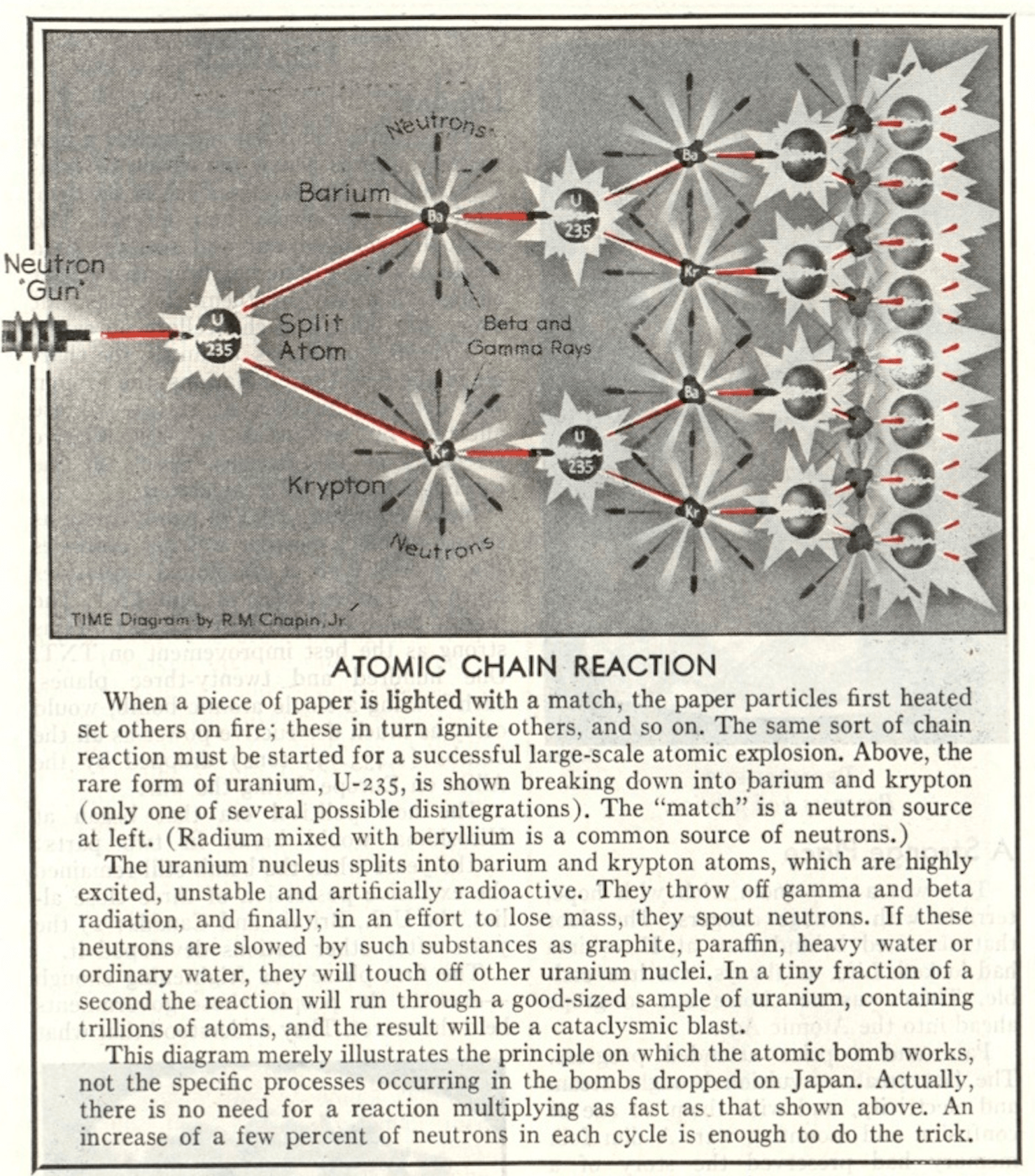
This week marks the 69th anniversary of the atomic bombings that ended World War II: the Aug. 6, 1945 bombing of Hiroshima and the one of Nagasaki three days later. The two attacks may have claimed over 250,000 lives — around 100,000 victims were immediately incinerated, and many others died later from radiation poisoning and other injuries. Entire neighborhoods vanished into thin air.
World War II had already ended in Europe by August 1945, after Nazi Germany signed its instrument of surrender on May 7. But the war unfolding in East Asia and the Pacific raged on. When Japan showed no signs of surrendering, U.S. President Harry Truman decided to drop the bomb—an act whose necessity and ethical ramifications are being debated to this day.
“I realize the tragic significance of the atomic bomb,” President Truman said in a radio address on Aug. 9 that year. “Its production and its use were not lightly undertaken by this Government. But we knew that our enemies were on the search for it. We know now how close they were to finding it. And we knew the disaster which would come to this nation, and to all peaceful nations, to all civilizations, if they had found it first.”
TIME covered the end of the war in Japan in its Aug.20, 1945 issue, five days after Japan’s Emperor Hirohito announced the country’s surrender. Among the generally celebratory coverage of the end of WWII, the magazine’s editors published the infographic above breaking down the chain reaction behind an atomic bomb explosion.
More Must-Reads from TIME
- Donald Trump Is TIME's 2024 Person of the Year
- Why We Chose Trump as Person of the Year
- Is Intermittent Fasting Good or Bad for You?
- The 100 Must-Read Books of 2024
- The 20 Best Christmas TV Episodes
- Column: If Optimism Feels Ridiculous Now, Try Hope
- The Future of Climate Action Is Trade Policy
- Merle Bombardieri Is Helping People Make the Baby Decision
Contact us at letters@time.com